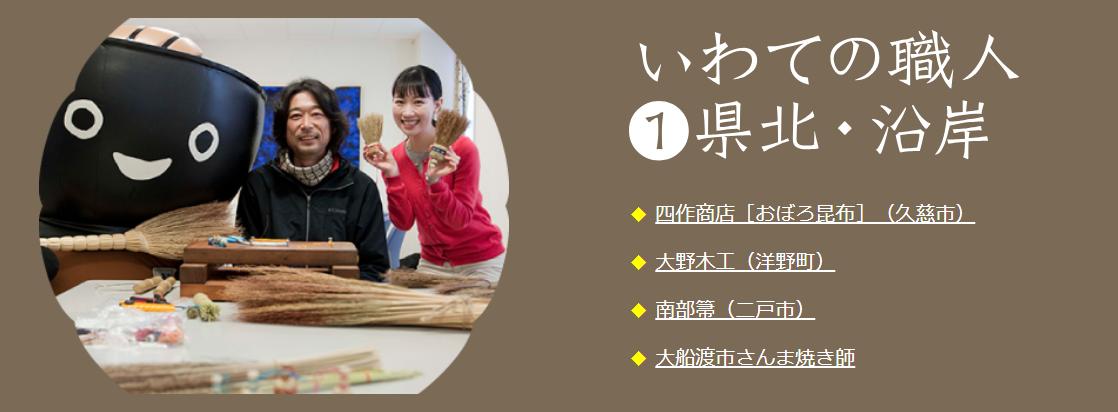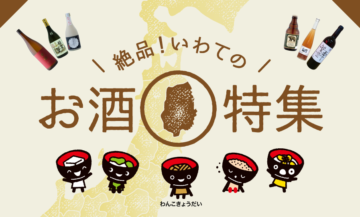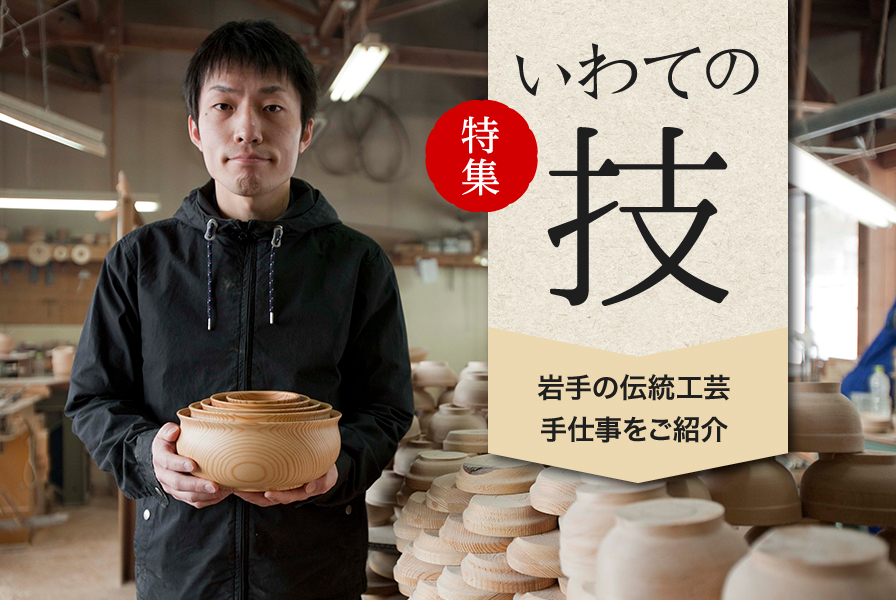
Introducing Iwate's traditional crafts and handicrafts
INDEX

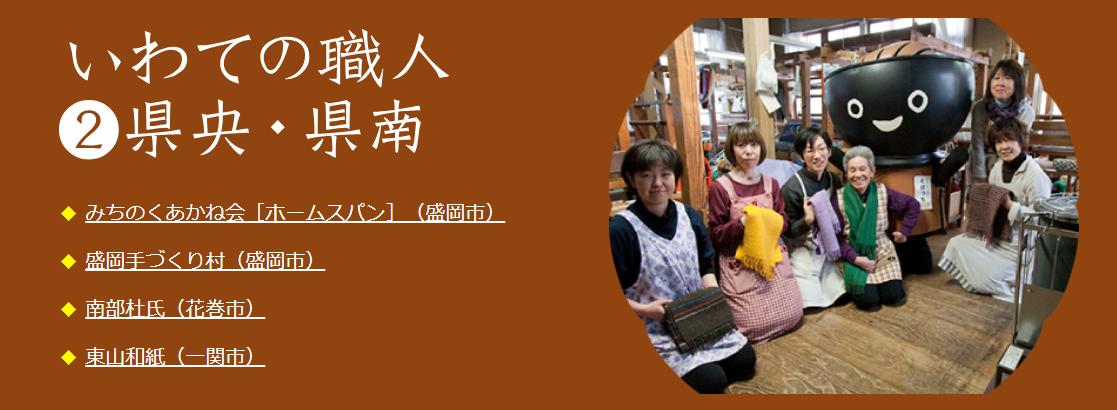
Michinoku Akanekai [Homespun] (Morioka City)
Homespun is said to have been introduced by British missionaries during the Meiji period. It seems that Iwate is the only place where this industry is practiced.
Michinoku Akane-kai was established in 1950, and in 1960, Michinoku Akane-kai Co., Ltd. was established. The company management and production are all carried out by women. Homespun techniques have been passed down from the beginning of the company’s founding, and today there are more than 10 people producing products such as wool products, silk fabrics, and woven fabrics.
Although it is not far from the center of Morioka city, it is an old wooden building that makes you feel as if you have traveled back in time. The spirit of using machinery with care has been inherited from our ancestors.

① Dyed raw wool. All are brightly colored.

②Mufflers with muted colors can be created by mixing these colors. I was given a tour of the workshop with Mio Watanabe of Michinoku Akane-kai.

③④The wool is carefully loosened, the thread is spun, and the thread is wound. Everything is done by hand, and the machines that have been used for a long time are also repaired and used with care.
Inside the workshop, there are separate rooms for tasks such as sorting raw wool, dyeing, spinning, and weaving, and you can see that there are many different processes involved in creating a single product. On this day, Sobacchi also took a commemorative photo in the weaving room. We also accept tours of the product making process and weaving experiences, so feel free to ask.

⑤ Everyone working on weaving.
⑥ Visit Sobacchi together. The Michinoku Akane-kai also accepts tours.

⑦This is where the herringbone pattern is woven. It’s a veteran’s skill.

⑧ A view of one of the looms. There are so many threads attached to it.

⑨We heard that we could try making coasters, so we immediately tried our hand at making coasters. It will be ready in about 20 to 30 minutes.

⑩In addition to homespun scarves and accessories, we also have sakiori pouches.
Morioka Handmade Village (Morioka City)
Morioka Handicraft Village has become a base for sightseeing in Morioka, with workshops for crafts, folk crafts, traditional sweets, and food, as well as an exhibition and sales room that handles 4,000 types of local products. The handmade workshop is home to a series of workshops that make Nanbu ironware, bamboo crafts, furniture, homespun products, local toys, and more, and is a facility where you can observe the craftsmen’s skills up close and also try your hand at making them. Why not try your hand at making Nanbu senbei rice crackers or Morioka cold noodles, or try your hand at creating original works such as painting local toys?

①Morioka Handmade Village
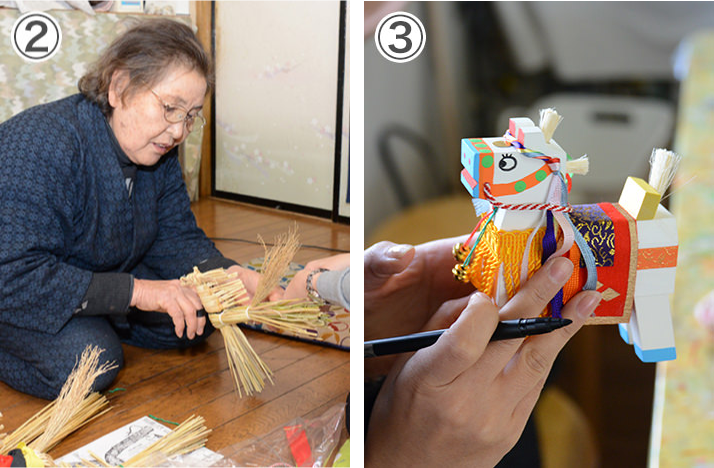
②Straw craft experience
③Woodworking experience

④The shop has lots of Iwate products!
Nanbu Chief Brewer (Hanamaki City)
Nanbu Brewery is a craftsman who has inherited sophisticated sake brewing techniques. It is Japan’s largest group of brewers, and is said to have its origins in the Edo period, when brewers were invited from Osaka, and they are still active in sake breweries across Japan. You can learn about the history of Nambu Toji and sake brewing at the Nambu Toji Folklore Museum located in Ishidoriya-cho, Hanamaki City, which is said to be the birthplace of sake brewing. You can enjoy a variety of exhibits, including a 2-meter-diameter sake brewing vat, sake brewery equipment, and miniature reproductions of sake brewing-related events, as well as a screening of a documentary film about sake brewing.

①Nanbu Toji Tradition Museum

② Exhibition that clearly introduces the history of Nambu chief brewers and sake brewing
Higashiyama Washi (Ichinoseki City)
Higashiyama washi paper is said to have its origins in the late Heian period, and the traditional technique has been passed down for over 800 years. It is said that there were nearly 300 paper making craftsmen around 1947, but today only a few paper makers are carrying on the tradition.
It is characterized by its natural mulberry color, warm and gentle texture, and strong paper quality, and is used to make many products such as stationery, envelopes, calligraphy paper, and rolling paper.
At the Higashiyama Washi Papermaking Museum, you can try your hand at papermaking and enjoy making Japanese paper pictures. The finished washi paper can be dried in the sun and then sent by mail. It’s located near Geibikei, a scenic spot in Japan, so why not stop by when you’re sightseeing?

①Papermaking Museum

②Paper making experience corner
Special feature on Iwate techniques – See traditional crafts





